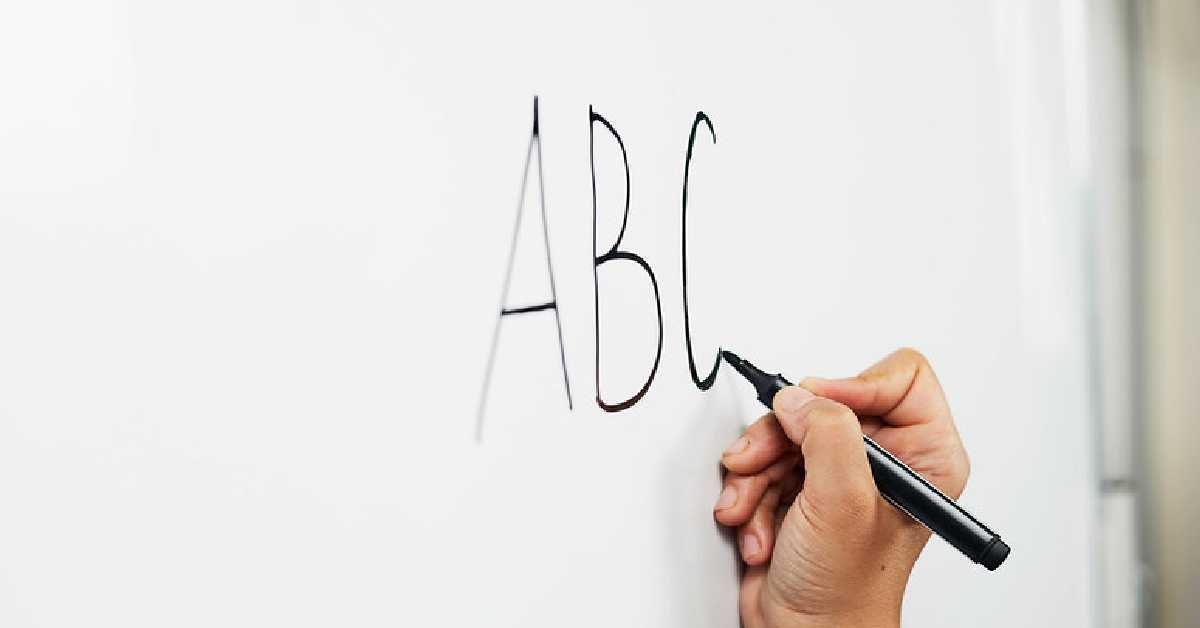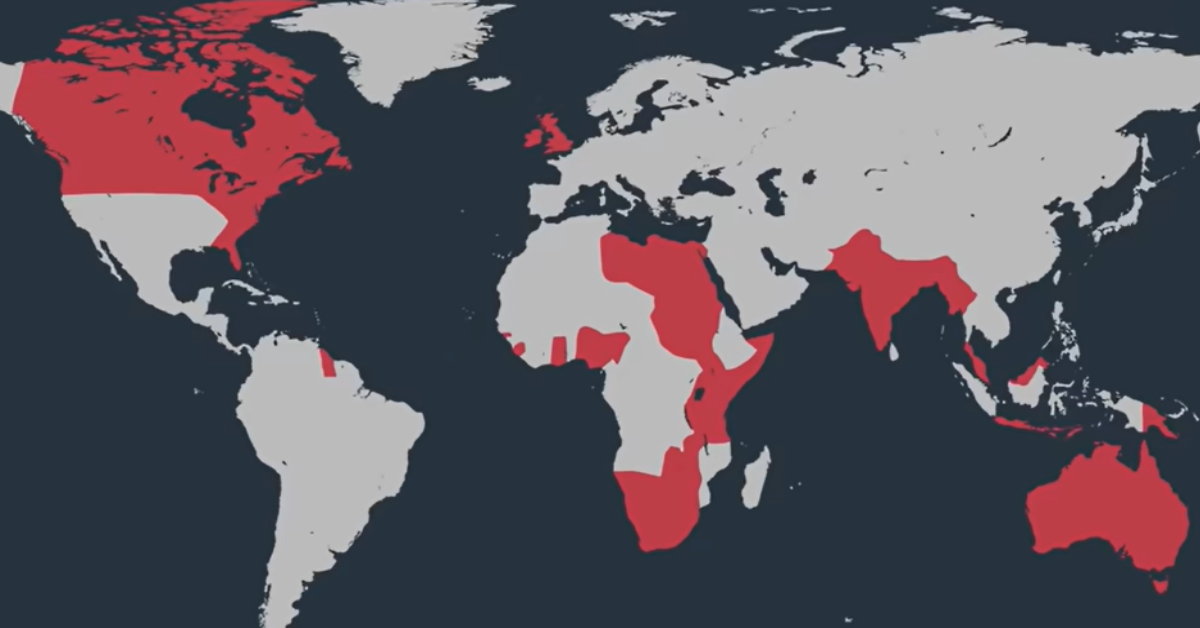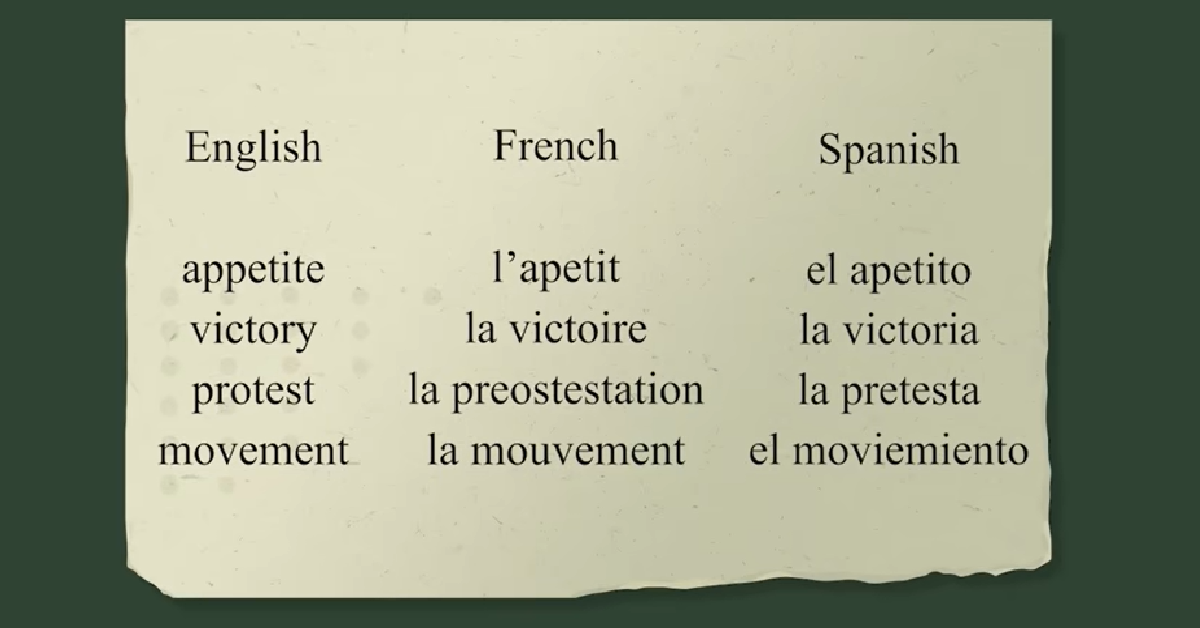Where Did The English Language Come From?
Hundreds of years have completely transformed the language from Old English to the English we speak today.
Most of us don’t give our native language much consideration, aside from the fact that it allows us to communicate. The fact is, regardless of the language we use to communicate, it is going to have a history that is well worth learning.
This is also true of the English language, and when you look back at the roots of the language, you realize that there is more than meets the eye.

In the video below, Harrison Holt describes the history of the Indo-European language family. It stretches from India to Western Europe and the resulting languages are spoken by approximately 50% of the population on earth.
Included among the Indo-European languages is English. More specifically, it is the Germanic branch of that language, and it shares some similarities with Dutch, German, and Swedish.

Perhaps you have heard about “Old English,” and it’s one of the earliest histories of the language. It was spoken by Anglo-Saxons and eventually, was blended with Danish and Norman French, at which point it was called Middle English.
Modern English wasn’t developed until the 15th century when something known as the Great Vowel Shift occurred. The language was different than what we speak today, and it continued to change and shift as the years went by over the past 500 years or so.

Those changes continue to occur, with new words being added to the dictionary on an ongoing basis. In addition, there may be words that were used by our parents or grandparents that are no longer in common usage. This is perfectly normal, and within a few hundred years, the language we are speaking today may be foreign to anyone who happens to hear it.
Check out the video below:
SKM: below-content placeholderWhizzco for DOT

